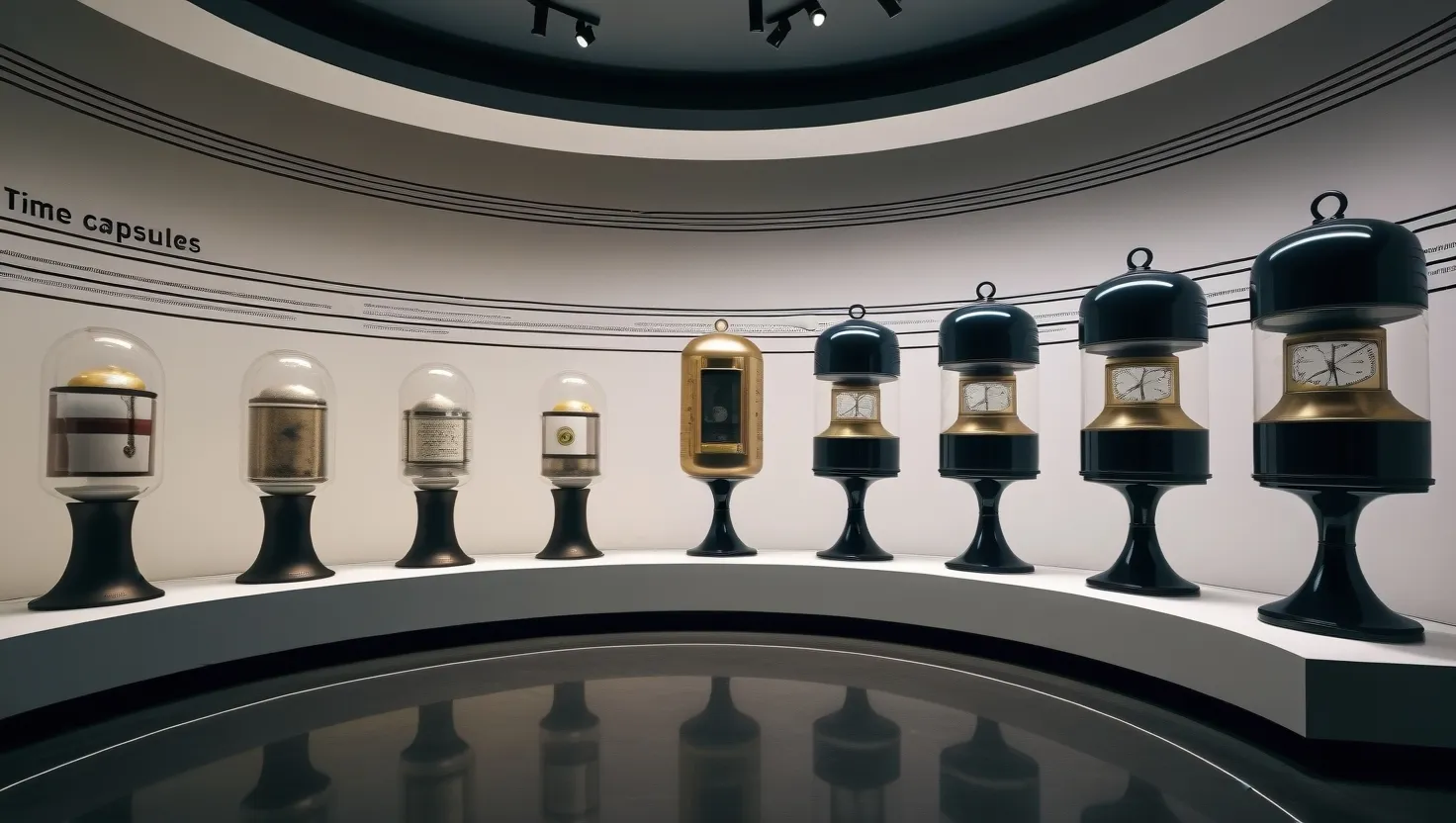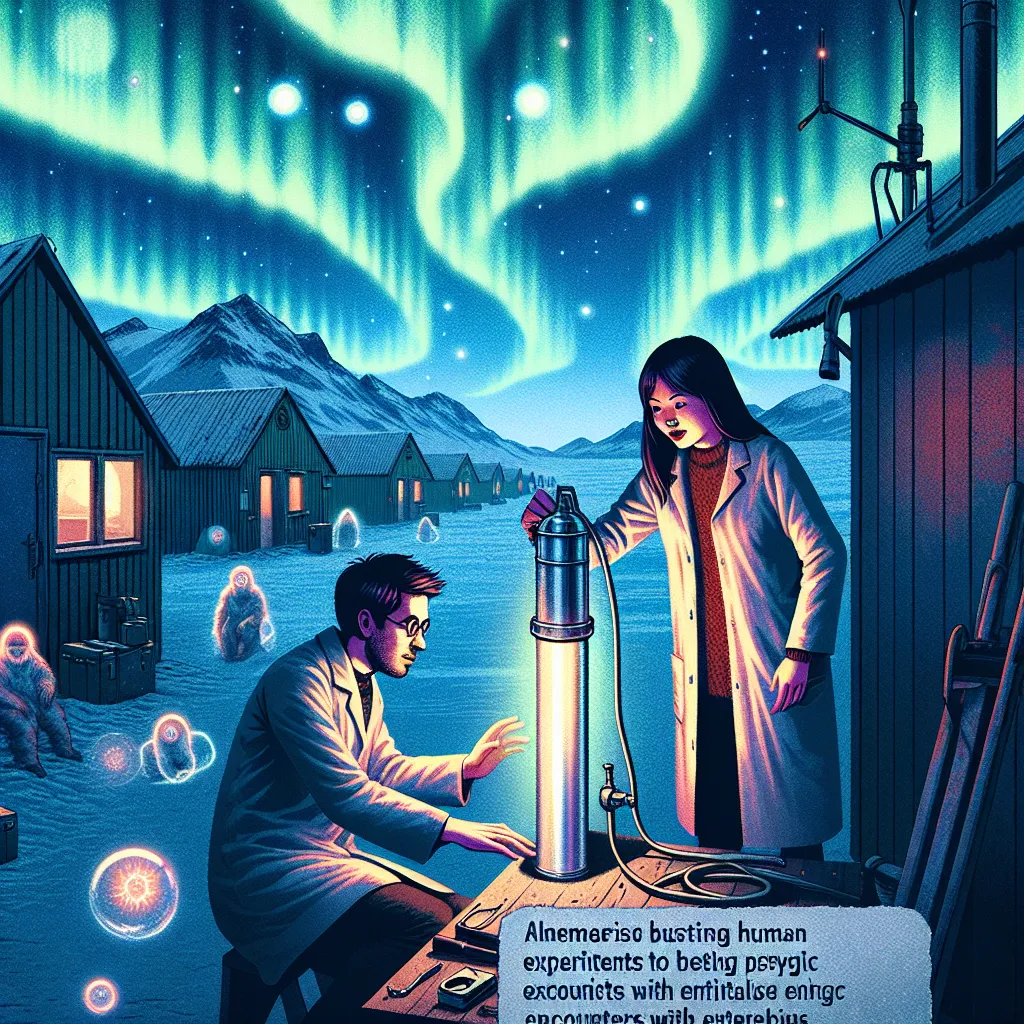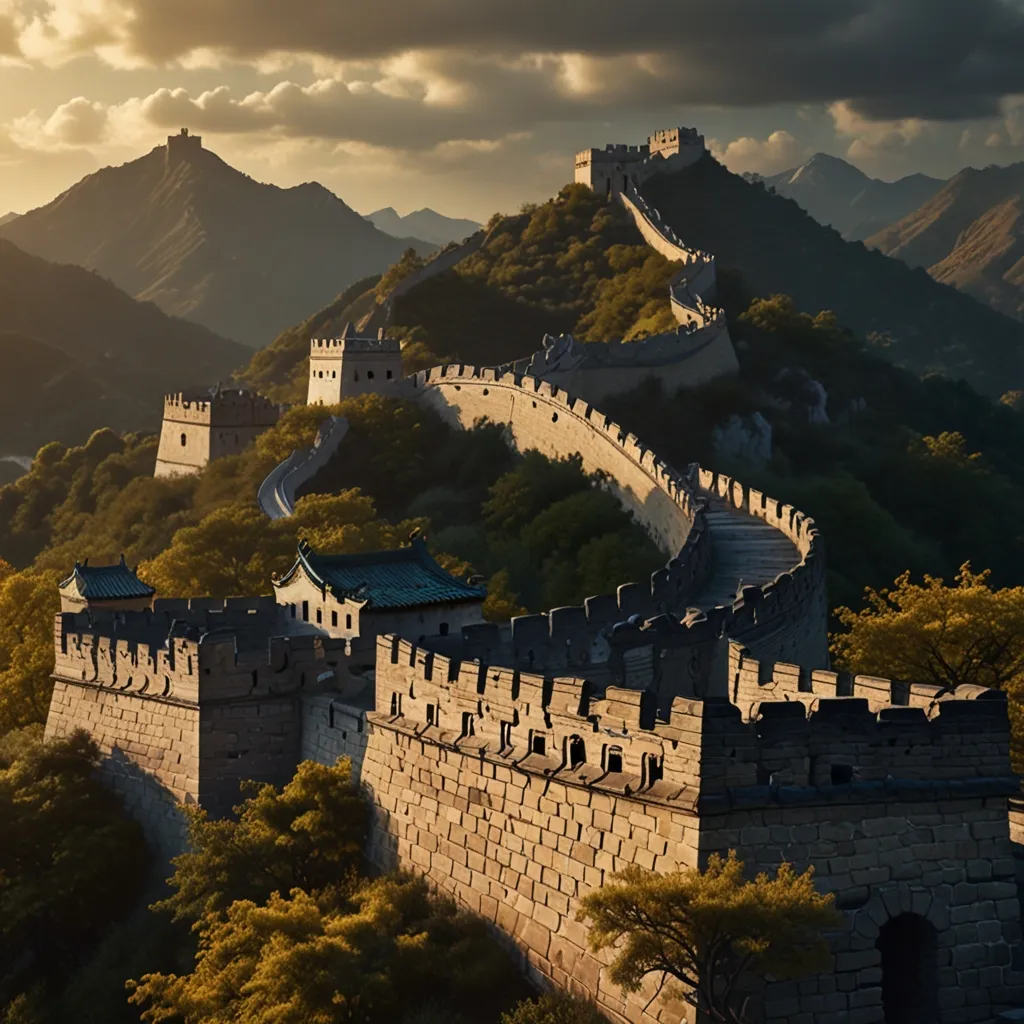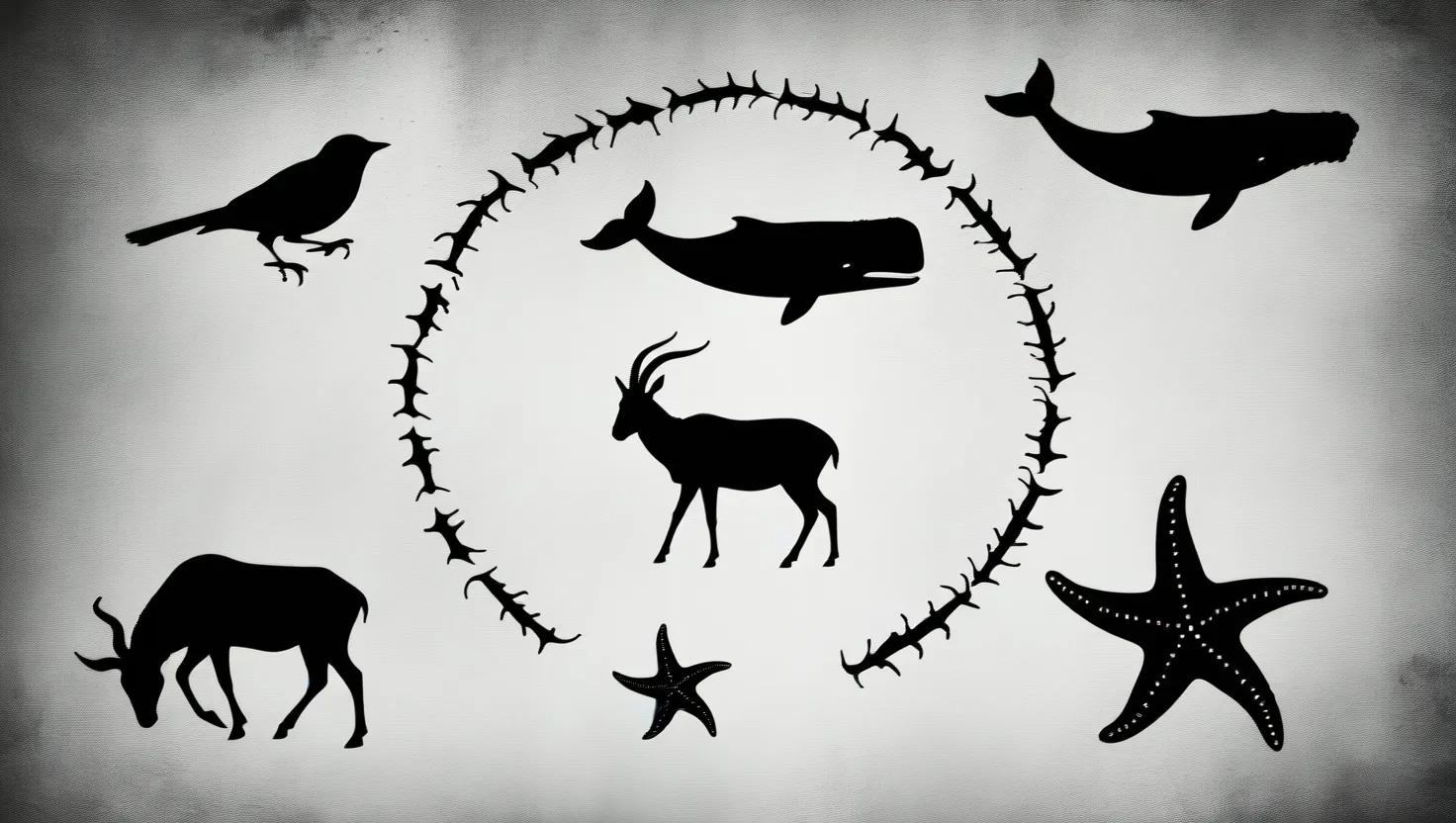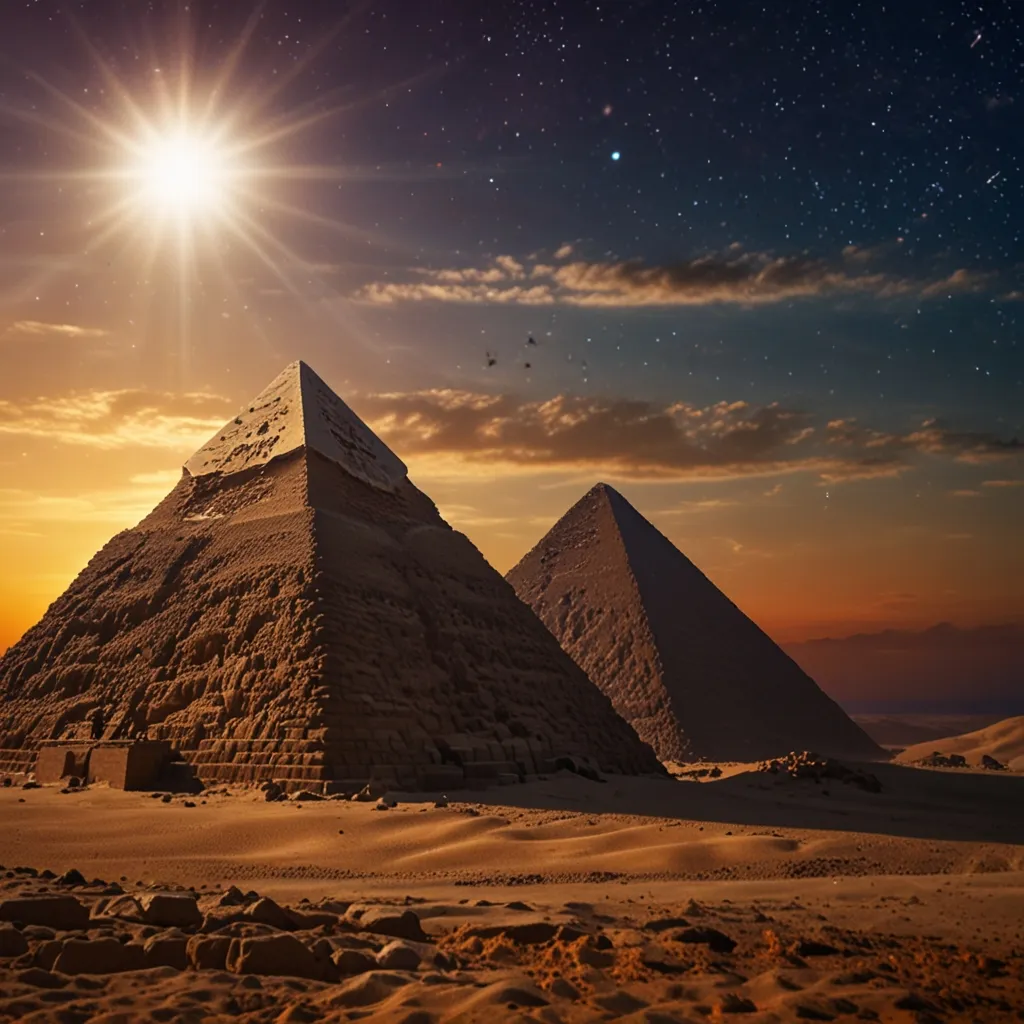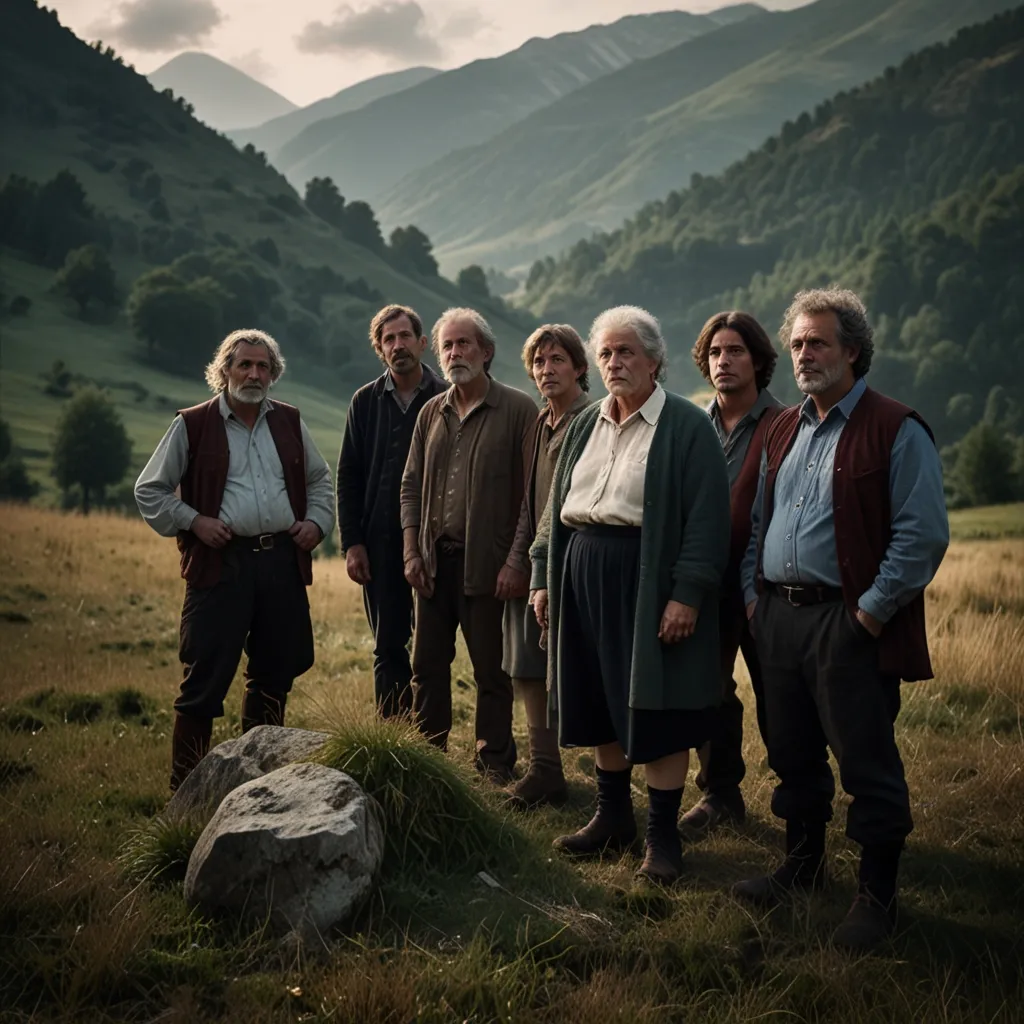As I delve into the fascinating world of time capsules, I am reminded of the human desire to leave a mark on the future, to communicate across the vast expanse of time, and to preserve the essence of our existence. Among the numerous time capsules created over the years, some stand out for their intrigue, complexity, and the questions they pose to those who discover them. Here are eight perplexing time capsules that have raised more questions than answers, each offering a unique window into the past and a reflection of our own era’s legacy.
The Crypt of Civilization
Imagine a room-sized time capsule, sealed away for over 6,000 years, containing the essence of 20th-century civilization. The Crypt of Civilization at Oglethorpe University is just that – an extraordinary endeavor conceived by Dr. Thornwell Jacobs, often referred to as the “father of the modern time capsule.” Built between 1937 and 1940, this airtight chamber is housed in the basement of Phoebe Hearst Hall and is not to be opened until the year 8113.
The Crypt is a treasure trove of artifacts, including classic literature, religious texts, and items showcasing scientific progress up to 1939. It also contains sound recordings, providing a sonic snapshot of the era. The meticulous planning and execution of this project are astounding, with the chamber being lined with enamel plates and sealed with a stainless steel door welded shut after the air was replaced with inert nitrogen. This time capsule raises questions about the future’s ability to understand and appreciate the relics of our past.
The Westinghouse Time Capsules
In 1939 and 1964, Westinghouse created two time capsules that were buried at the World’s Fair in New York, intended to be opened in 5,000 years. These capsules are remarkable for their contents, which include everyday items like toothbrushes, razors, and even a pack of cigarettes. The 1939 capsule also contains a microscope, while the 1964 capsule includes a credit card and a plastic cup.
What is striking about these capsules is the assumption that future civilizations would understand the context and significance of these mundane objects. They serve as a testament to the optimism and faith in technological progress of their time, but they also prompt us to consider what we might include in a time capsule today and how it would be perceived in the distant future.
The MIT Time Capsule of 1957
At MIT, under the supervision of Prof. Harold E. Edgerton, a time capsule was created in 1957 that is both simple and profound. This capsule, filled with argon gas to protect its contents, contains items such as a glass shoe, coins, and a keepsake mug for the Class of 1957. An empty tonic bottle and a small container of synthetic penicillin are also included, highlighting the medical advancements of the era.
This time capsule is intriguing because it reflects the everyday life and technological achievements of the 1950s. However, it also raises questions about the longevity of these items and whether future generations will be able to understand their significance without the context of the time in which they were created.
The Samuel Adams and Paul Revere Time Capsule
In 1795, Samuel Adams and Paul Revere buried a time capsule in the Massachusetts State House, which was discovered in 2014. This capsule contains coins, newspapers, and other artifacts from the late 18th century. What makes this time capsule unique is its historical significance, providing a direct link to the founding fathers of the United States.
The discovery of this capsule was a moment of great excitement, but it also posed challenges. The delicate process of extracting and preserving the contents highlighted the importance of careful planning and execution in creating time capsules that can withstand the test of time.
The Steve Jobs’ Lisa Mouse Time Capsule
In 1983, a time capsule was buried at the Aspen International Design Conference, containing a Lisa mouse, among other items. This capsule was the brainchild of a group of tech enthusiasts, including Steve Jobs, who wanted to capture the essence of the burgeoning computer age.
The inclusion of a Lisa mouse, a precursor to the modern computer mouse, is a fascinating glimpse into the early days of personal computing. However, the capsule’s contents also raise questions about the rapid obsolescence of technology and how future generations might view these relics of our digital past.
The Golden Record on Voyager Spacecraft
The Golden Record, included on the Voyager spacecraft launched in 1977, is perhaps the most ambitious time capsule ever created. Designed to be a message to any extraterrestrial life form that might encounter it, the record contains sounds and images of Earth, including natural sounds, musical selections, and human greetings in various languages.
This time capsule is unique because it transcends the boundaries of Earth, posing questions about our place in the universe and the possibility of other intelligent life forms. It also reflects our desire to communicate beyond our planet and to leave a lasting legacy in the cosmos.
The KEO Satellite Time Capsule Project
The KEO satellite, planned for launch in the early 2000s but delayed due to funding issues, is designed to be a time capsule in space. It will contain messages from people around the world, along with a drop of human blood and other biological samples. The satellite is intended to return to Earth in about 50,000 years.
This project raises profound questions about human identity and our desire to leave a mark on the future. It also highlights the challenges of creating time capsules that are meant to endure for millennia, including the technological and financial hurdles that must be overcome.
The Judaculla Rock Time Capsule
The Judaculla Rock in North Carolina is an ancient petroglyph site that has been interpreted in various ways over the years. While not a traditional time capsule, it can be seen as a form of prehistoric communication, containing symbols and images that tell a story of the people who created them.
This site poses significant questions about the interpretation of ancient artifacts and the challenges of understanding cultures that are vastly different from our own. It also underscores the importance of preserving our cultural heritage for future generations.
As I reflect on these time capsules, I am struck by the diversity of their contents and the varied intentions behind their creation. Each one offers a unique lens through which we can view the past and consider the future. They remind us of the importance of preserving our history, the challenges of communicating across time, and the enduring human desire to leave a lasting legacy.
These time capsules are more than just collections of artifacts; they are windows into the souls of the people who created them. They reflect our hopes, fears, and achievements, and they challenge us to think critically about what we value and how we want to be remembered. As we continue to create new time capsules, we must consider the questions they will raise for future generations and the insights they will provide into our own era’s legacy.
